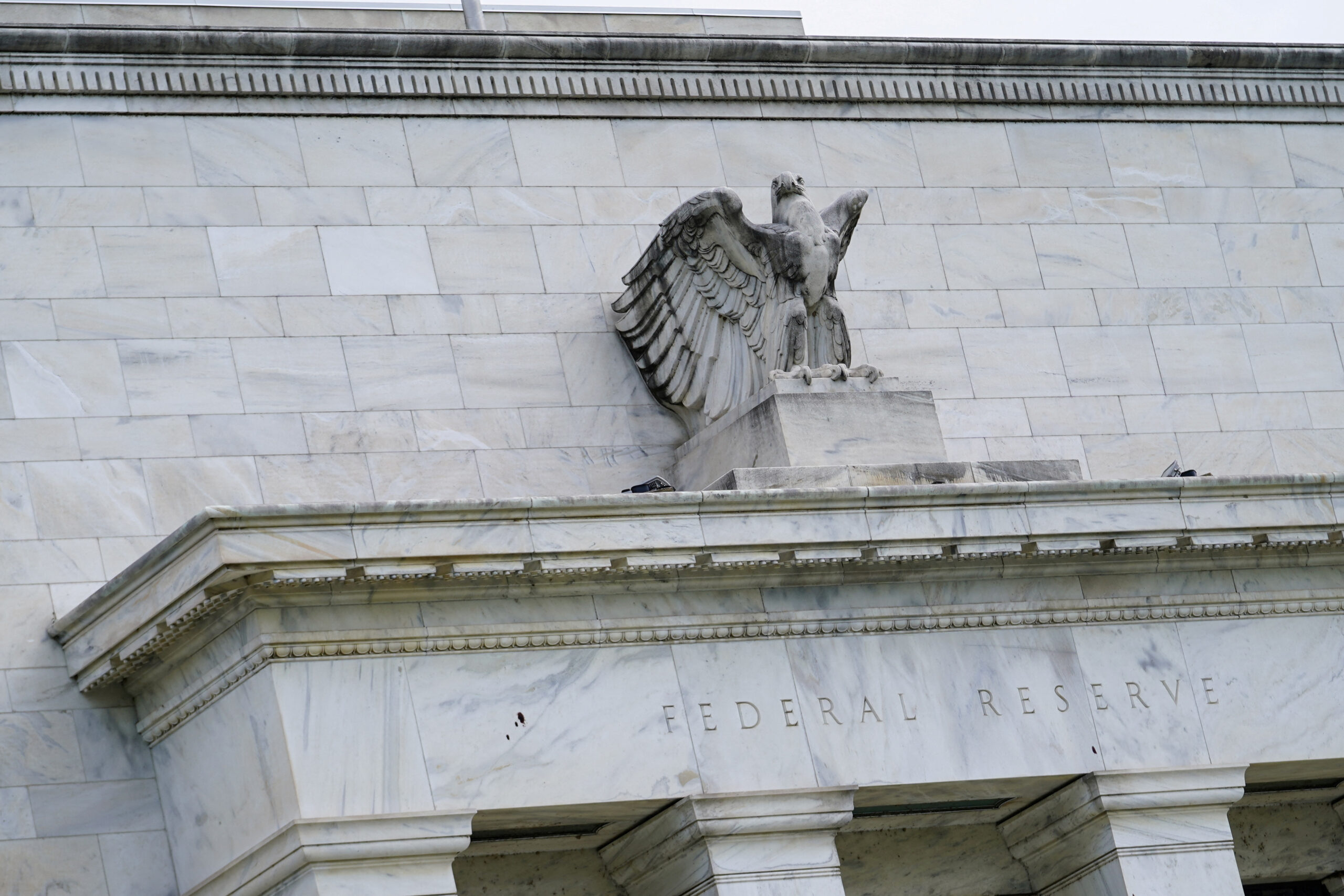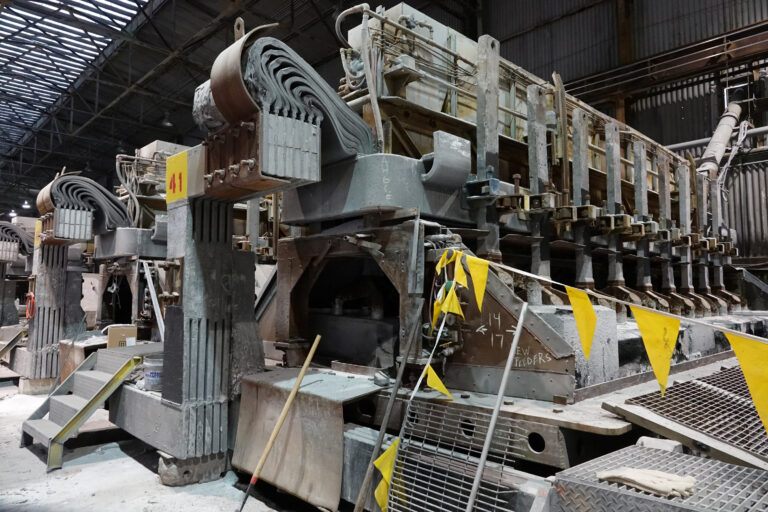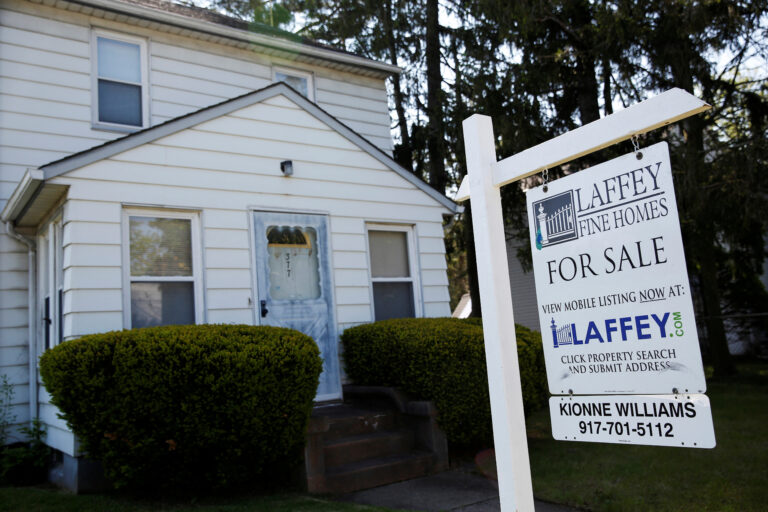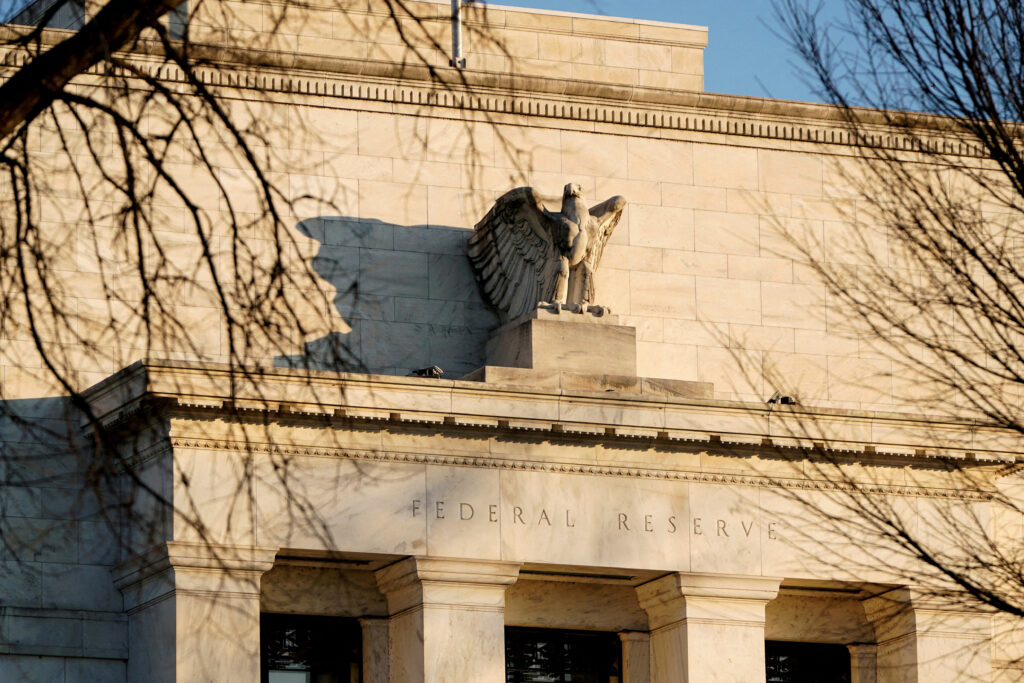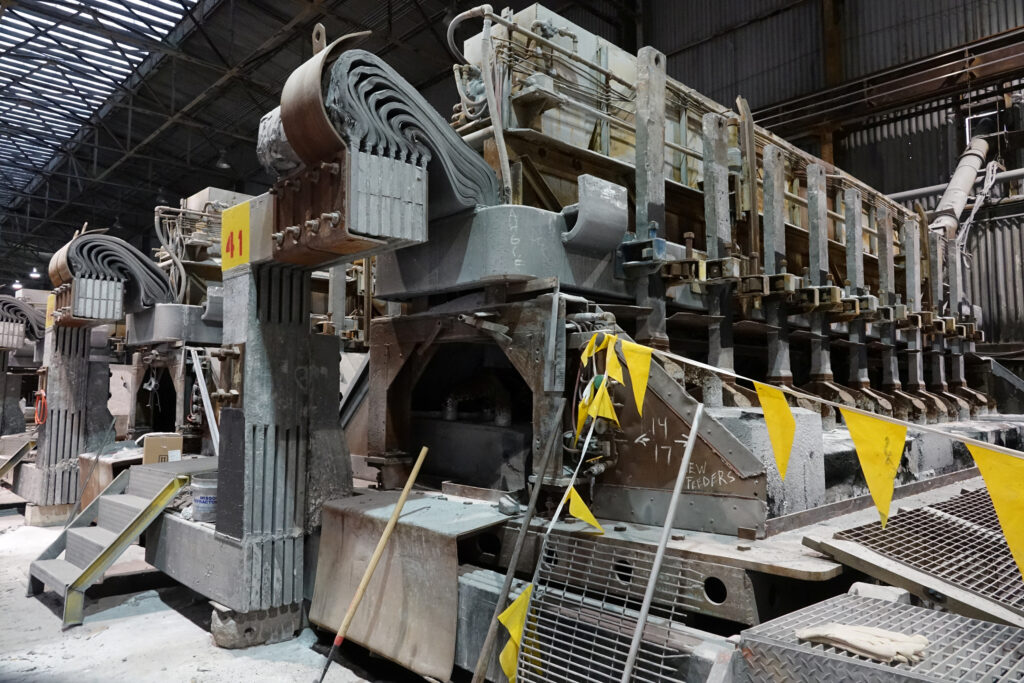Federal Reserve policymakers are increasingly attentive to the U.S. labor market as they prepare for a policy-setting meeting later this month when their assessment of job-market health will be key to how big an interest-rate cut they deliver.
Analysts largely expect the Fed to stick to a quarter-point reduction, given that employers have continued to hire although at a slower pace than before, and with the unemployment rate on the rise but still at a relatively low 4.3%.
But data on Wednesday showing job openings in July fell to the lowest level in three and a half years may add to the sense that the job market may be nearing a tipping point, and could build the case for a larger rate cut.
The ratio of job openings to jobseekers – which Fed Chair Jerome Powell and other U.S. central bankers have said they track closely – is now below the pre-pandemic average.
After the report, financial markets added to bets on an upsized rate cut at the Fed’s September 17-18 meeting. Rate-futures contracts now see a half-point cut as nearly as likely as a quarter-point cut.
“The report suggests that the labor market is cooling and that the pace of cooling may be accelerating,” wrote ZipRecruiter Chief Economist Julia Pollak, who is among the minority of analysts who feel the Fed should have started cutting rates in July.
Fed policymakers for their part have said they expect the next monthly jobs report, due out on Friday, and the August consumer price index data, to be published next week, to inform their judgment on their upcoming policy decision.
However, the direction of their next move is not in doubt.
“We must not maintain a restrictive policy stance for too long,” Atlanta Federal Reserve President Raphael Bostic said in an essay released on the regional bank’s website ahead of Wednesday’s data.
(Source: ReutersReuters)
Jennifer Tacker is a staff writer at ABBO News. She holds a B.A. from the University of Waterloo and a B.Ed from Western University. Jennifer has been active in the stock market and crypto sector for a decade. She specializes in technical analysis and trading strategies. Read Full Bio
